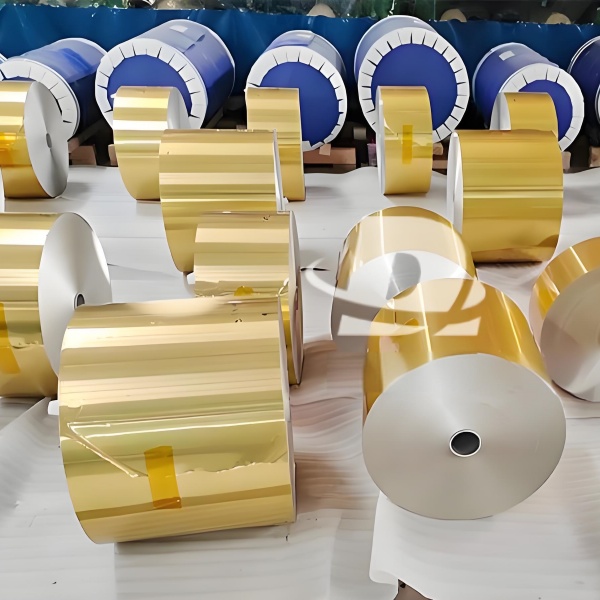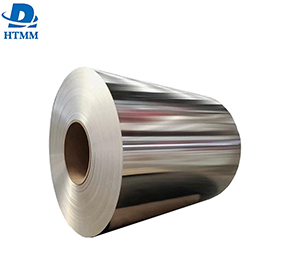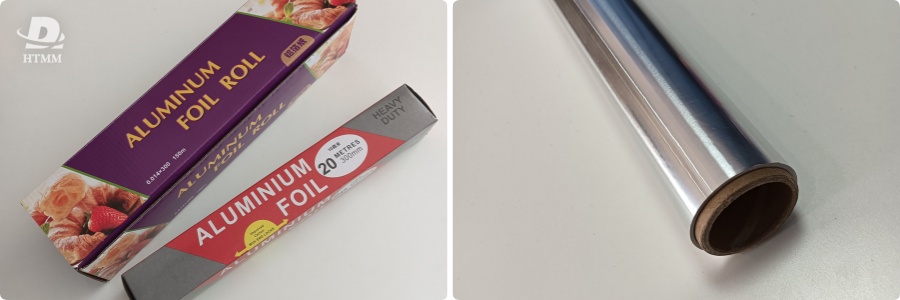
Unpacking the Differences
Understanding the pros and cons of 14 micron kitchen aluminum foil and 20 micron kitchen aluminum foil, we must first look at the differences between the two thicknesses.
Thickness and Durability
The main difference is the thickness of the foil. Kitchen foil is usually between 12 and 20 microns thick; the thicker (20 microns) is more durable and less likely to puncture. On the other hand, 14 micron kitchen foil is much thinner.
The aforementioned variations in thickness affect the foil on a grander scale, making the difference in strength and resilience apparent. The thicker, 20 micron aluminum foil for kitchen use is much more capable of handling the rigors of daily cooking tasks like wrapping heavy roasts or lining pans with wet or sticky ingredients. It is also more resistant to tearing, ripping, or puncturing, thus providing more consistent performance.
In contrast, the 14 micron foil might not hold up so well against sharp edges or heavy items. This essentially means users have to be a bit more careful with the thinner foil, as accidental tears or perforations may occur.
Thermal Resistance and Conductivity
The heat resistance and conductivity of the foil is another important factor to bear in mind. The 14 and 20 micron variants are both heat resistant, and can be used in the oven, on the grill or even under the broiler, up to approximately 400 °F (204 °C).
But the thinner 14 micron foil should have a slight advantage for heat conductivity. Less thick, allows heat to be transferred faster, great for some more cooked applications on baking or roasting. This much enhanced conductivity can ensure a more even cooking and browning, thus delivering better results.
On the other hand, the 20 micron heavy duty aluminum foil, which is thicker, may be more appropriate for tasks that require a more insulative barrier, such as wrapping fragile fish fillets or holding food warm for transport.
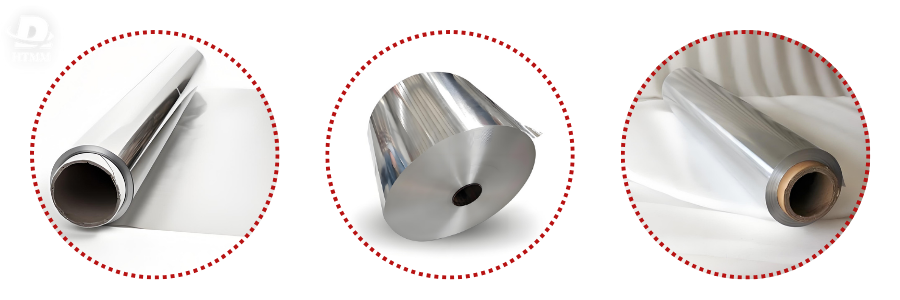
Versatility and Convenience
When it comes to versatility, you can use both the 14 and 20 micron aluminum foils for a multitude of cooking and household tasks. From covering leftovers and lining baking sheets to macgyvering cooking tools and safeguarding countertops during dirtier projects, these foils are extremely multi-tasking.
Note: As always, the 14 micron foil might still have the edge on convenience and agility. Its thinner profile makes it easier to handle in more snug areas or when wrapping smaller items. The reduced weight may also mean that 14 micron foil is easier to handle comfortably for long periods of time. Thinner foils can better conform to food or containers, providing better protection.
On the contrary, if you are doing larger-scale work with extra-wide baking trays, or need to cover the bottom of a flame-type commercial-grade oven, then 20 micron aluminum foil may be more suitable for these applications. The thicker thickness means a stronger aluminum foil, which will be less likely to break due to excessive force or operating errors when laying flat, which is convenient to a certain extent and saves aluminum foil materials.
Sustainability and Cost
As environmental awareness continues to grow, the sustainability of our household products is more relevant than ever. The 14 and 20 micron aluminum foils are eco-friendly by nature since aluminum is an infinitely recyclable material.
That said, because the 14 micron foil is thinner, it may actually be more sustainable, requiring fewer raw materials to manufacture. This can mean a reduced environmental footprint overall, potentially with a smaller carbon footprint associated with the manufacturing and delivery processes.
Thats a good price for 14 micron aluminum foil. 14 micron aluminum foil is thinner in thickness, under the same weight and width,14 micron aluminum foil is lentgh more than 20 micron heavy duty aluminum foil. This is a more cost-effective option for budget-conscious shoppers, or those who often utilize aluminum foil.
| Feature | 14 Micron Aluminum Foil | 20 Micron Aluminum Foil |
| Thickness | 0.014 mm | 0.020 mm |
| Weight per area | Lighter | Heavier |
| Flexibility | More flexible | Less flexible |
| Tear Resistance | Lower | Higher |
| Barrier Properties | Good | Excellent |
| Common Uses | Household wrap, light packaging | Food containers, industrial use |
| Cost | Lower | Higher |
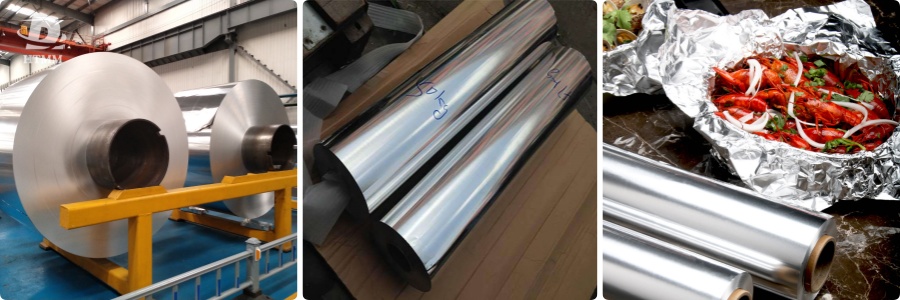
The Takeaway: Which Foil To Use for What Cooking Task
So which thickness of the kitchen aluminum foil is better to use cooking? Ultimately, which is better for you is largely a matter of personal needs and cooking style.
If you value durability, resistance to punctures, and the capacity to withstand heavy-duty applications, the 20 micron foil could be the superior option. Its superior strength and resilience make it a reliable solution for wrapping roasts, lining baking sheets and taking on other demanding cooking challenges.
Conversely, if you prioritize heat transfer, maneuverability, and lower cost, consider the 14 micron foil. Its thinner profile can enhance heat conductivity, enabling it to perform well in baking and roasting applications. The cut weight and lower expense may be welcome for home cooks who regularly deploy large amounts of foil.
It is good to know that 14 and 20 micron aluminum foils can also be used together for most common kitchen uses. The choice essentially comes down to personal preference, the details of your cooking style, and any budgetary considerations.
The choice of 14 versus 20 micron kitchen aluminum foil is in fact not black and white. Due to their unique benefits, both thicknesses are good for differing cooking applications. The secret is to make an informed decision by considering your personal needs, priorities, cooking style and then conclude on the best foil for your culinary pursuits!
No matter how thick you go, using a quality aluminum foil can really change the game in the kitchen and make sure your cooking experience is always reliable. Either the 14 micron thin foil or the heavier 20 micron foil, your kitchen will never be without this useful tool for many years to come.
HTMM Aluminum Foil Factory is good at produce the food grade aluminum foil for kitchen use,14mic and 20 mic are both our advantage specifications that we exported many years all over the world.

